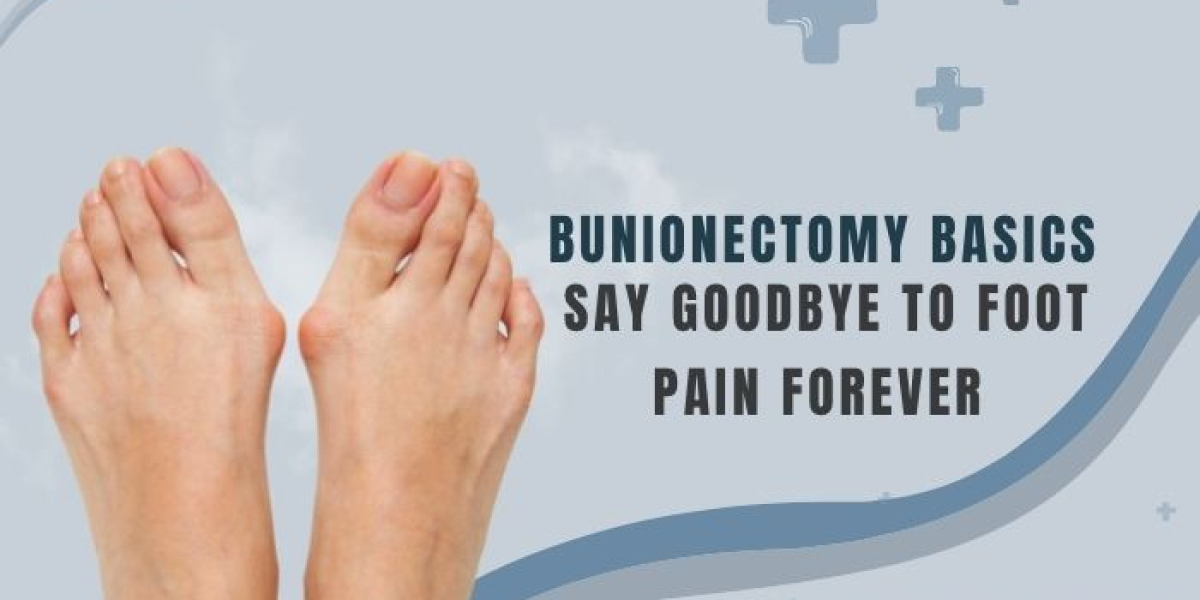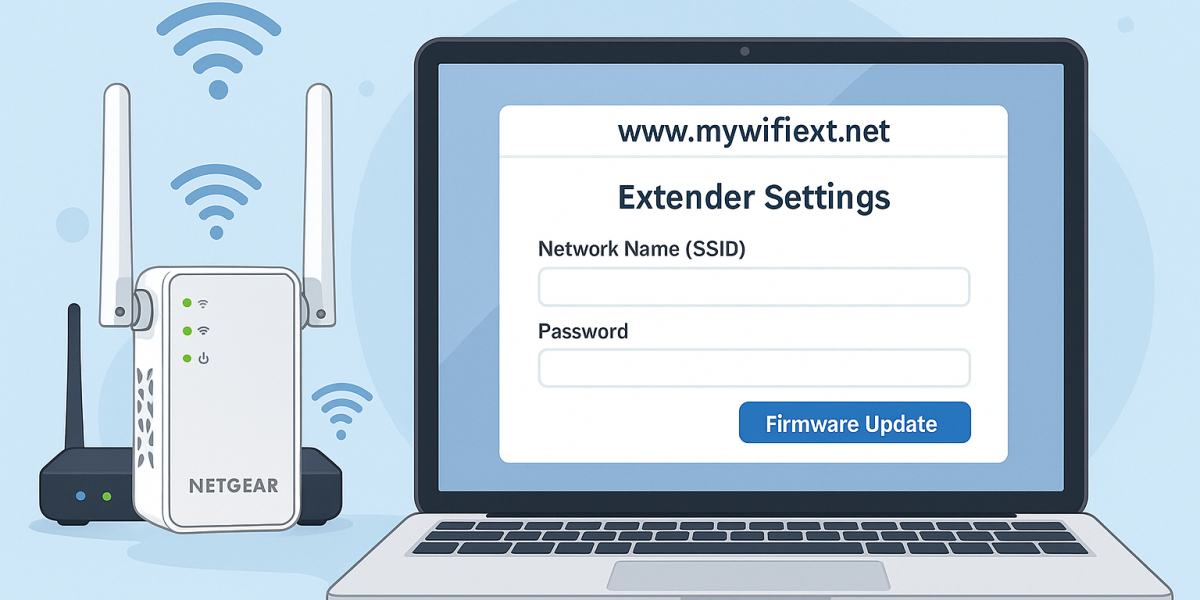Bunions, one of the most prevalent foot deformities, affect millions of people worldwide. These bony protrusions at the base of the big toe often lead to discomfort and can significantly disrupt daily activities. If you're struggling with bunion pain, understanding the range of treatment options, including commonly used medications for pain, is essential for making informed decisions about your foot health.
This guide explores various approaches to bunion pain treatment, from conservative methods and medications to advanced surgical options. Whether you're experiencing mild discomfort or severe pain that limits mobility, there's a solution to help enhance your quality of life.
Understanding Bunions: What You Need to Know
Bunions develop when the big toe pushes against the adjacent toe, forcing the joint at the base of the big toe to stick out. This misalignment creates a bony prominence that can become inflamed, swollen, and painful. The condition often worsens over time without proper treatment, making early intervention essential.
Common symptoms of bunions include:
- Persistent pain and tenderness
- Swelling and inflammation around the big toe joint
- Restricted movement of the big toe
- Corns or calluses developing where toes rub together
- Changes in foot shape that make shoe fitting difficult
Non-Surgical Treatment Options
Bunion Medication and Pain Management
For many patients, conservative treatment with bunion medication provides effective relief. Various medications for pain can help manage bunion discomfort while addressing inflammation.
Over-the-Counter Options:
- Nonsteroidal anti-inflammatory drugs (NSAIDs) like ibuprofen and naproxen reduce both pain and inflammation
- Acetaminophen for pain relief without anti-inflammatory effects
- Topical pain relievers applied directly to the affected area
Prescription Medications:
- Stronger NSAIDs for severe inflammation
- Corticosteroid injections for targeted pain reduction
- Prescription topical treatments for localized relief
Physical Therapy and Exercise
Specific exercises can strengthen foot muscles, improve flexibility, and promote better toe alignment. Physical therapy techniques focus on pain reduction while maintaining joint mobility and preventing further deformity progression.
Orthotic Devices and Footwear Modifications
Custom orthotics and specialized footwear can redistribute pressure, provide cushioning, and support proper foot alignment. These conservative measures often provide significant relief for mild to moderate bunion symptoms.
Surgical Treatment Options
When Surgery Becomes Necessary
Surgery may be recommended when conservative treatments fail to provide adequate relief, or when bunions significantly impact daily activities. The decision for surgical intervention depends on pain severity, functional limitations, and overall foot health.
Types of Bunion Surgery
Bunionectomy Surgery: This procedure involves removing the bony prominence and realigning the toe joint. Bunionectomy surgery is often suitable for less severe cases where the primary issue is the protruding bone rather than significant joint misalignment.
Osteotomy Procedures: These surgeries involve cutting and repositioning bones to correct toe alignment. Various osteotomy techniques exist, ranging from minimally invasive procedures to more comprehensive reconstructions.
Extreme Bunion Surgery: For severe deformities with significant joint damage, extreme bunion surgery may involve joint fusion or replacement. These procedures are typically reserved for cases where other surgical options are insufficient.
Understanding Bunion Surgery Pain
Bunion surgery pain is a natural concern for patients considering surgical treatment. Modern surgical techniques and pain management protocols have significantly improved post-operative comfort levels.
Pain Management Strategies:
- Pre-operative pain education and preparation
- Multi-modal anesthesia techniques during surgery
- Comprehensive post-operative pain management plans
- Gradual return to normal activities with appropriate support
Recovery and Rehabilitation
Post-Surgical Recovery Timeline
Recovery from bunion surgery varies depending on the procedure type and individual healing factors. Most patients can expect:
- Initial healing period of 2-6 weeks with limited weight-bearing
- Gradual return to normal activities over 3-6 months
- Full recovery and optimal results within 6-12 months
Rehabilitation Protocols
Proper rehabilitation is crucial for optimal outcomes. This includes wound care, physical therapy, gradual activity progression, and long-term foot health maintenance.
Choosing the Right Treatment Approach
Factors to Consider
Several factors influence treatment selection:
- Severity of symptoms and functional limitations
- Age and overall health status
- Activity level and lifestyle requirements
- Previous treatment responses
- Personal preferences and risk tolerance
Consultation with Healthcare Professionals
Working with qualified healthcare providers ensures proper diagnosis and treatment planning. Podiatrists, orthopedic surgeons, and other specialists can provide expert guidance tailored to your specific situation.
Precautions and Important Considerations
Medical Precautions
Before Starting Treatment:
- Obtain proper medical evaluation and diagnosis
- Discuss medical history and current medications with healthcare providers
- Consider potential drug interactions and allergies
- Evaluate cardiovascular and other health conditions that may affect treatment choices
Medication Safety:
- Follow prescribed dosages and administration instructions
- Monitor for side effects, particularly with long-term NSAID use
- Be aware of potential gastrointestinal, cardiovascular, and kidney risks
- Inform healthcare providers of all medications and supplements being taken
Surgical Precautions
Pre-Surgical Considerations:
- Ensure realistic expectations about surgical outcomes
- Understand potential risks and complications
- Plan for adequate recovery time and support
- Optimize overall health before surgery
Post-Surgical Care:
- Follow all post-operative instructions carefully
- Attend scheduled follow-up appointments
- Report unusual symptoms or complications promptly
- Maintain proper wound care and infection prevention measures
Lifestyle Considerations
Footwear Choices:
- Select shoes with adequate toe space and proper support
- Avoid high heels and narrow toe boxes that exacerbate bunion formation
- Consider custom orthotics for ongoing foot support
- Replace worn-out shoes that no longer provide adequate support
Activity Modifications:
- Gradual return to high-impact activities after treatment
- Maintain healthy body weight to reduce foot pressure
- Incorporate foot exercises and stretching into daily routines
- Monitor symptoms and adjust activities as needed
Prevention and Long-Term Management
Preventing Bunion Progression
Early intervention and lifestyle modifications can help prevent bunion worsening. This includes proper footwear selection, maintaining healthy foot mechanics, and addressing symptoms promptly when they develop.
Long-Term Foot Health
Maintaining optimal foot health requires ongoing attention to footwear choices, regular foot examinations, and prompt treatment of developing problems. Regular follow-up with healthcare providers ensures continued monitoring and early intervention when needed.
Frequently Asked Questions (FAQs)
Q: How long does bunion medication take to show results?
A: Over-the-counter medications for pain typically provide relief within hours to days. Anti-inflammatory effects may take several days to weeks for optimal results. Prescription treatments may require longer evaluation periods.
Q: Is bunion surgery always successful?
A: Bunion surgery has high success rates, with most patients experiencing significant pain reduction and improved function. However, individual results vary, and complete elimination of symptoms isn't guaranteed.
Q: Can bunions return after bunionectomy surgery?
A: While recurrence is possible, proper surgical technique and post-operative care significantly reduce this risk. Following rehabilitation protocols and maintaining proper footwear help prevent recurrence.
Q: How painful is extreme bunion surgery?
A: Bunion surgery pain varies among individuals and procedure types. Modern pain management techniques effectively control post-operative discomfort, and most patients find the long-term benefits outweigh temporary surgical pain.
Q: Are there alternatives to traditional bunion surgery?
A: Minimally invasive surgical techniques offer alternatives to traditional open procedures. These approaches may result in less tissue trauma, reduced scarring, and potentially faster recovery times.
Q: How do I know if I need surgery or if medication will be sufficient?
A: Conservative treatment with bunion medication should typically be attempted first unless severe deformity or complications exist. Surgery is considered when non-surgical approaches fail to provide adequate relief.

















